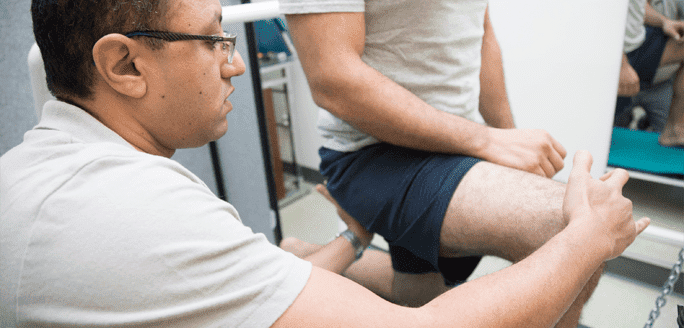August 14, 2023

For athletes whose lives revolve around their sport, having an injury that takes them off the playing field can be to play (RTP), we may be setting them up for failure by putting them back on the field prematurely.
ACL rupture is a common sports injury that can range in degree of damage from mild tocols should be considered on a case-by-case basis.
To date, established proto your destination, depending on where you are coming from.
Given the many factor play within a given period of time, when they may not yet be ready. Premature RTP sets the athlete up for impaired performance and further injury.
With years of experience working with injured athletes, Wilson knows that recovery time varies from one athlete protocol identifies phases of recovery, and specifically outlines performance and readiness standards for each phase.
Wilson identifies four phases of recovery for RTP, each with its own punchlist of performance and readiness standards:
● Phase I: Acute phase from injury to full ambulation without supportive devises.
● Phase II: Jogging.
● Phase III: Return to sport with agility training.
● Phase IV: Return to play with a pain scale score of ≲ 2.
Each phase uses multiple assessments to establish the degree of recovery, including balance tests, joint range of motion, landing pattern assessment, pain scale, functional performance tests and more.
The time it takes an individual athlete tor.
Dr. Lev Kalika is a world-recognized expert in musculoskeletal medicine. with 20+ years of clinical experience in diagnostic musculoskeletal ultrasonography, rehabilitative sports medicine and conservative orthopedics. In addition to operating his clinical practice in Manhattan, he regularly publishes peer-reviewed research on ultrasound-guided therapies and procedures. He serves as a peer reviewer for Springer Nature.
Dr. Kalika is an esteemed member of multiple professional organizations, including: